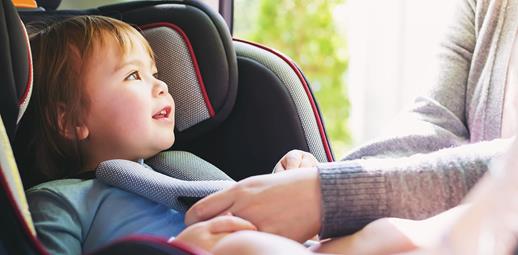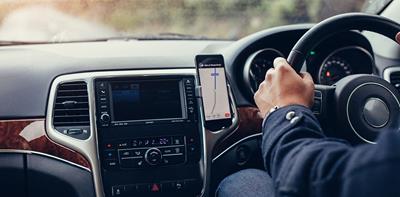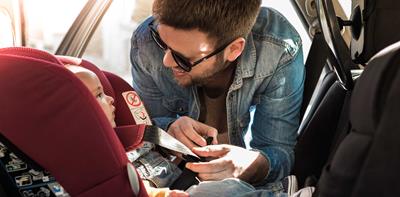
It’s not always easy to know which type of car seat to choose for your child in order to keep them safe and comply with the rules. Understanding when you need to upgrade it and how to fit it properly may also be a challenge.
But car seats are essential for safe journeys with children, so it’s important to get it right. We’ve busted some common myths and misconceptions to help you make an informed decision.
Myth: Child car seats aren’t compulsory
Nearly a fifth (18%) of parents with children under the age of 12 years old, answering a 2018 survey by Confused.com, admitted they ‘never or rarely’ use a car seat for their child.
But, by law, children must use a child car seat until they’re 12 years old or 135 centimetres tall, whichever comes first. After that, they must wear a seat belt.
Myth: Seats labelled ‘universal’ can be safely used in all cars
An orange label on the underside of car seats with the word ‘universal’ on it has understandably confused some parents. According to a 2020 survey by Which?, 70% of parents took that label to mean that their child’s seat could be used safely in all cars.
But the consumer group warns that this is not always the case and the label provides no guarantee the car seat will fit into your car. So, as always, you should check with the manufacturer to ensure the seat is a match for your car.
Myth: i-Size seats need upgrading when my child is 15 months old
Height-based children's car seats are commonly known as i-Size seats. These are designed to be safer and easier to fit.
These seats are intended to keep children rear-facing for longer, until they’re at least 15 months old.
But that’s not to say you have to swap seats when your child reaches 15 months. In fact, parents often move their baby to a forward-facing seat too soon, according to childcarseats.org.uk. If you can keep your child rear-facing for longer, then do so, as it will mean their head, neck and spine are better protected.
The height limit varies from seat to seat, so always check the label on your seat.
Myth: all booster seats offer the same level of protection
Boosters raise the child's seating position so you can use the car's seat belt to secure them.
These seats can be high-backed or simply cushions with no back at all.
Backless booster seats are convenient and cheap, but there are concerns about the level of safety they provide.
The Royal Society for the Prevention of Accidents (RoSPA) warns that on backless boosters, the lack of a back and side wings removes any side and head protection from the child car seat.
Which?’s survey found that just two thirds of parents knew that backless booster seats do not offer the same crash protection as high-backed booster seats.
Myth: if your car was in an accident, you don’t need to replace a child seat if there’s no visible damage
According to RoSPA, a child car seat that was in a car during an accident should be replaced, even if there is no visible damage. This is because it may have been weakened enough that it won’t provide the same level of protection if another accident occurs.
For this reason, experts advise against using second-hand child seats. You may not know a used car seat’s history and it may have been involved in an accident without any visible damage.
Myth: it is against the law for children to travel in a taxi without a child car seat
Here’s another source of confusion for parents: the rules around securing their child when they travel in other vehicles, such as taxis.
According to Which?’s survey, 57% of parents thought they would have to pay a fine if their baby wasn’t strapped into a taxi seat.
But the rules state that, if the driver doesn’t provide the correct child car seat, then children can travel without one, provided they’re on a rear seat. If this is the case and they’re three years old or over, then they must wear an adult seat belt.


